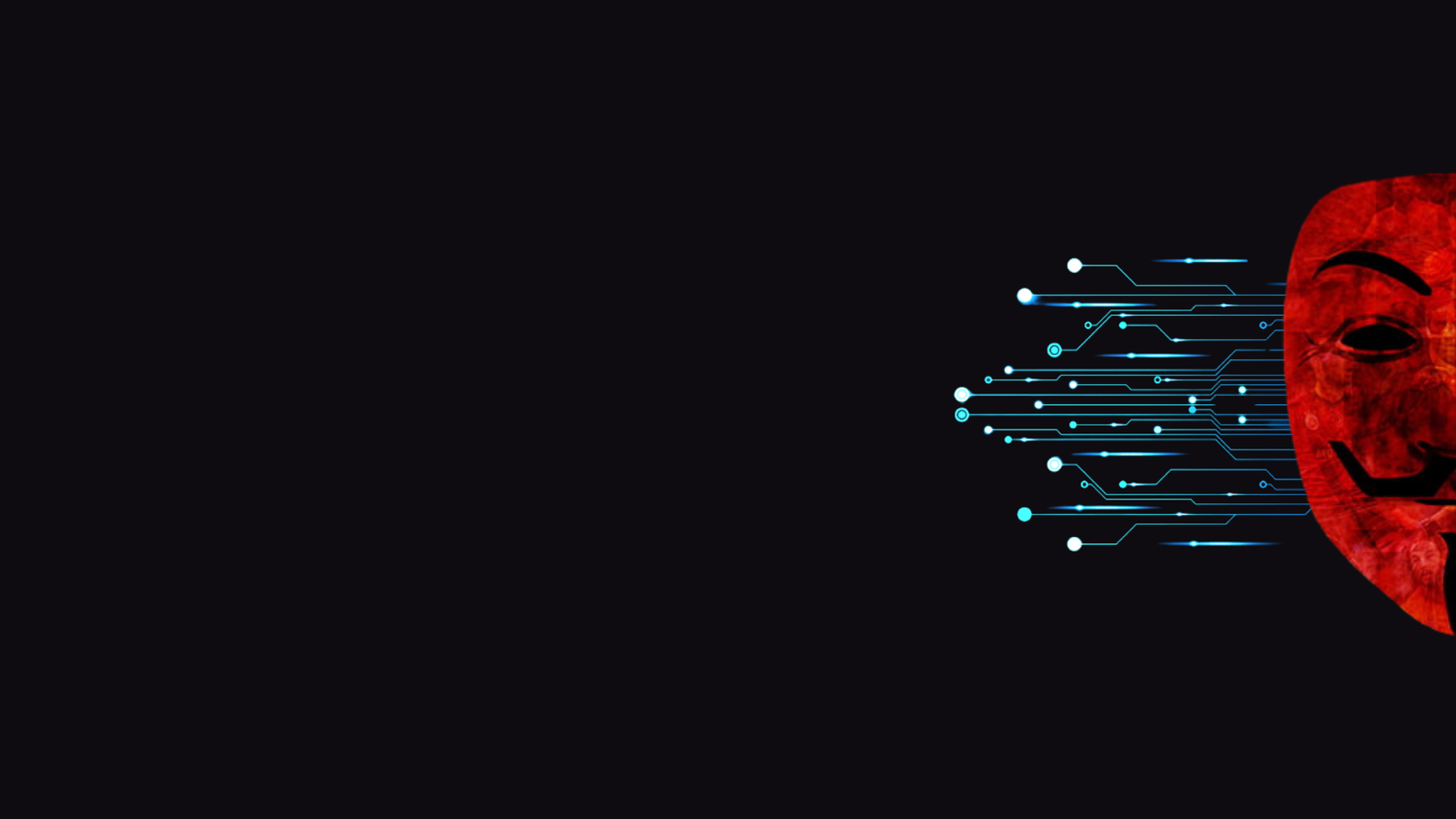To defend against Brute Force attacks on user accounts social media providers maintain several security measures. The protective measures established by social media companies will make it progressively difficult for unauthorized access attempts based on standard hacking methods. This piece will explain why dictionary along with brute force attacks are ineffective against social media platform accounts.
Table of Contents
IP-based Restrictions

Social networking sites prevent dictionary attacks and brute force attempts through the implementation of IP-based blocking systems. A failed series of attempts at login through the same IP address will trigger automatic IP address blocking on the platform that lasts for a predetermined duration. The implementation of this prevention method blocks hackers who want to use the same IP address multiple times to guess passwords thus making their access attempts more challenging.
Tor Exit Node Detection

Criminals sometimes hide their IP details through Tor connections. Due to their detection capabilities social media networks can identify Tor exit node traffic whereas they successfully stop this traffic. The platforms achieve successful node access restriction through list maintenance of such nodes. Tor attackers fail to bypass IP-based blocking because this method blocks their access to launch brute force and dictionary attacks.
Proxy Detection and Blocking

The identification and prevention of traffic from proxies and VPNs which attackers typically abuse are advanced capabilities that social media companies possess. The platform locks the related account when users attempt too many unsuccessful login attempts with proxy IP addresses. The implementation of this measure stops attackers from using proxies to conceal their IP location thus evading IP-based blocking systems.
Account Lockout rules
System lockout features activate when a user attempts login incorrectly too many times. Users must complete a verification process to regain access after reaching the specified threshold that results in account lock. The security measure locks out hackers who try unending password guessing because it reaches an established try limit.
Two-Factor Authentication (2FA)
The security measure extends beyond password access and networks such as social media networks provide it to users. Attackers will need verification by another method even after learning the correct password to access the account. The requirement of personal device access makes it difficult for brute force and dictionary attacks to succeed because attackers need access to the target user’s trusted device to gain entry.
Rate Limiting
Social media organizations use rate-limiting as a security mechanism to restrict the number of login requests that originate from one IP address or user account during a fixed time period. The extra login attempts get blocked when the rate limits are exceeded. Attackers experience increased difficulty in performing dictionary or brute force attacks due to the limitation of attempts during a specific time period.
CAPTCHA Challenges

Social media platforms force users who exceed their maximum login attempts to solve CAPTCHA tests as automatic attack prevention. The additional security precaution makes it harder and longer for attackers to perform both dictionary attacks and brute force attacks.
Behavioral Analysis
Social media platforms analyze user behavior by tracking attempts at unsuccessful login which lead to success in order to detect unusual behavior patterns. Such patterns detected by the platform can lead to flagging the account for verification or temporary account lock in order to minimize unauthorized access. Taking active measures provides extra protection against unauthorized access of user accounts.
Account Recovery alternatives
Users can recover their lost account access through two common methods which include email verification accompanied by security questions provided by social networking sites. The security measures for account recovery enable stronger protection which deters unauthorized hackers from gaining access to user accounts.
Security Alerts
Social media platforms will automatically send security alerts to users who make multiple failed login attempts or display unusual activities on their accounts. System warnings provide users with security notification about account vulnerabilities followed by instructions to modify passwords or monitor account behavior. Social networks provide their users with crucial information as a proactive measure to defend their accounts.
Various protective measures implemented by social media companies work as defense mechanisms to prevent attacks on user accounts by brute force and dictionary methods. IP-based blocking and Tor exit node identification and proxy detection along with rate limitation form part of these security approaches which also include two-factor authentication and account lockout rules and behavioral analysis and account recovery options and security alerts. User account security improves substantially through social media company implementation of defensive measures that minimize dictionary and brute force attack effectiveness.


